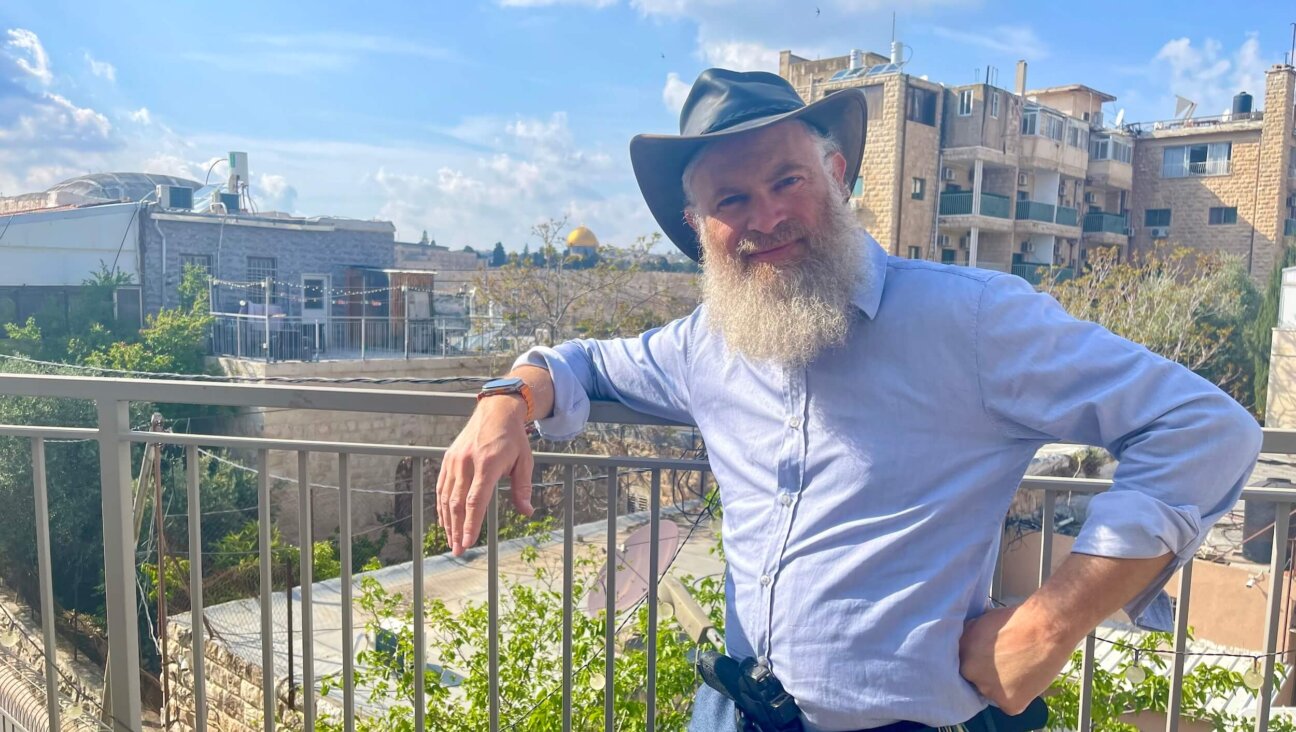The End of the Stem-cell Debate
While the media apparently cannot bring themselves to say so, and some right-to-life and religious leaders might never be able to admit it, the frenzied debate in the United States over embryonic stem-cell research is over. On the same Election Day that handed President Bush four more years, scientific progress earned a broad and very well-funded mandate for the next decade.
On November 2, the citizens of the state of California voted overwhelmingly for Proposition 71, which allots a staggering sum of money — $3 billion — to pay for embryonic stem-cell research done within the state. The vote, which passed 60%-40%, was a direct rebuttal to the Bush administration’s de facto ban on funding for embryonic stem-cell research, in particular the White House’s opposition to paying for the cloning of stem cells for research. California will issue bonds that will soon have the state spending $300 million a year, for the next 10 years, on embryonic stem-cell research. In a single year, California will spend 10 times the sum total of what the federal government has spent to date on stem-cell research.
To boot, another bitter defeat was handed to the president hard on the heels of the California decision to end-run the Bush ban. The United Nations, despite enormous pressure from the United States, recently abandoned an effort to enact a treaty that would ban all forms of human cloning, including cloning done to create stem cells for research — something the California initiative explicitly allows.
On November 19, the U.N. General Assembly, under pressure from Great Britain, South Korea, Belgium and a number of other nations already pursuing stem-cell research aggressively, gave up its attempt to secure a ban, as Bush had called for in an September speech at the world body. Instead, the U.N. agreed to consider a nonbinding decla-ration regarding cloning that will be couched in vague terms and that will be enacted in February at the earliest.
Much has been made of the key role played in Bush’s re-election by those who cared deeply about “moral values,” but conservative values have not prevailed on the issue of stem-cell research — at least not at the U.N. or in California. Voters in the Golden State rejected the president’s position that embryonic stem-cell research is immoral because it involves the sacrifice of human embryos. Instead, they took the view that human embryos should not be given moral standing equivalent to actual individuals with all-too-real diseases that might be helped by embryonic stem-cell research. In doing so, they have now guaranteed that embryonic stem-cell research will proceed — and also gave lie to the view that only Republicans are capable of addressing moral values.
The enactment of the California stem-cell initiative has already sent ripples across American biomedicine. Some scientists who had set up partnerships with companies in Singapore, China, Korea or Great Britain are now wondering if California will prove a more hospitable environment for their work. Some California schools joke that they will have to stake out the airports to see which scientists or biotech CEOs are thinking about relocating. And states with a strong biotechnology sector are in a panic trying to figure out how to prevent California from reaping a scientific and economic bonanza from the Golden State’s huge investment.
In Massachusetts, Minnesota, New Jersey and Illinois, legislators are scrambling to enact legislation trying to make their states look attractive to scientists, venture capital firms and biotech companies who want to do stem-cell research. Wisconsin governor Jim Doyle has announced a $750 million initiative in stem-cell research to try and protect the state’s early lead in the field. More states will undoubtedly follow as it becomes clear that if you are in a state that is seen as inhospitable to stem-cell research, you are in a state that will not be able to quickly capture what promise to be significant economic and therapeutic returns.
Even proponents of embryonic stem-cell research are somewhat confused by the turn of events at the U.N. and in California. Some of those involved with patient advocacy groups want to continue to press Bush to drop his prohibition on federal funding for new cell lines or cell lines derived from cloning. But the size of the California investment means that political interest in the subject in Washington is likely to wane. The president can tell his supporters that he still supports a ban, knowing all the time that the United States has now become a major player in stem-cell research. If ever there was a slick resolution to a very tough political dilemma, the California funding bonanza is it.
So now the ball is in the court of the scientists who have fought so hard to get more funding. Between the vote at the U.N. and the California initiative, there is now plenty of money available for embryonic stem-cell research. The question is whether science can deliver on the promise over the next 10 years.
The battle over embryonic stem-cell research involved a considerable amount of hype, distortion and dissembling. Conservatives used public fears of cloning to confuse the issue over cloning for research. Proponents of embryonic stem-cell research responded to the unfair charge that they were killing for cures with promises that diabetes, paralysis, Alzheimer’s, Parkinson’s and other diseases would become memories if only the research were allowed to proceed.
Few in the debate seemed to know or care that hundreds of embryos are destroyed every day at fertility clinics around the United States, or that tens of thousands more lie unwanted in frozen storage with no fate other than to be destroyed. Both sorts of embryos could and should be used in research.
In the end, common sense prevailed. Americans’ admiration for technology overcame their moral reservations about using embryos in research. And the international community realized that by allowing cloning for research purposes only, there was no reason to worry that a cloned human being would move in down the street anytime soon. Bush might have held some of the high moral ground in the recent election, but the conclusion of the embryonic stem-cell debate shows that he did not hold it all.

I hope you appreciated this article. Before you go, I’d like to ask you to please support the Forward’s award-winning journalism this Passover.
In this age of misinformation, our work is needed like never before. We report on the news that matters most to American Jews, driven by truth, not ideology.
At a time when newsrooms are closing or cutting back, the Forward has removed its paywall. That means for the first time in our 126-year history, Forward journalism is free to everyone, everywhere. With an ongoing war, rising antisemitism, and a flood of disinformation that may affect the upcoming election, we believe that free and open access to Jewish journalism is imperative.
Readers like you make it all possible. Right now, we’re in the middle of our Passover Pledge Drive and we need 500 people to step up and make a gift to sustain our trustworthy, independent journalism.
Make a gift of any size and become a Forward member today. You’ll support our mission to tell the American Jewish story fully and fairly.
— Rachel Fishman Feddersen, Publisher and CEO
Join our mission to tell the Jewish story fully and fairly.
Our Goal: 500 gifts during our Passover Pledge Drive!























